|
"Success is not final; failure is not fatal. It is the courage to continue that counts." -Winston Churchill
Winston Churchill said the above quote during World War II, imploring his nation in a time of crisis and impending doom to continue to push forward. With so much riding on his every word, he chose to drive home a point of perseverance and resilience, against both complacency from success and depression from failures. This is a point we can very well apply in sports, training, and our own lives. The phrase I tend to use with my own athletes is "the only step that matters is the next one." Every day, we will face obstacles. A teammate will get injured, a play will go wrong, we won't achieve a milestone we had set. We can't allow that to stop us from pushing ourselves to reach our goals. No matter how long it takes, how hard it gets, how large the obstacles loom, all we can do is work as hard as we can to attain what matters. In the same vein, we can't allow success to prevent our hard work either. When you win a game, achieve a goal, and perform at your best, it becomes easy to get complacent. After you win, you have to get focused on the next game to win. Many achieve temporary success, fewer repeat it, and even fewer sustain it. To be one of those few who sustains success, you must stay focused on the task at hand, after both wins and losses. The fact of the matter is that neither success or failure are permanent human conditions. We have the ability to go from one to other quite easily. We don't achieve success and then inherently keep it forever, same as we don't fail and find ourselves with no opportunity to succeed in the future. Being a successful person, therefore, isn't a talent or given status, but rather a habit and lifestyle. Those who continue to push forwards, regardless of past outcomes, positive or negative, are the ones that will begin or continue to achieve success. This carries weight in all facets of our lives. Take nutrition, for instance - an unhealthy, obese person can improve their diet and get healthy. A healthy person who has eaten well for years can fall off the wagon and become obese. It is not past successes or failures that predict the future; it is the actions you take today. Training is very much the same - someone who is very weak can work out and get strong. Someone who is strong can get lazy and become weak. Again, past success and failure in training regimen doesn't predict tomorrow, but the steps you take today do. Football teams follow in suit. A team that has been losing for years can commit to better habits and processes, improve, and win championships. A team that has been at the top of the league for years can easily get complacent and fall down the ranks. They lacked the commitment to success to sustain it any further. Only your current actions can create future success. And most importantly, in our real lives, the tenant remains true. Not to get overly philosophical, but we possess the gift of free will. We can have good habits or bad habits, good attitudes or bad attitudes. And, we have the ability to trade one for the other. Feeling that you haven't achieved professionally what you've wanted to doesn't stop you from working towards that end today, and getting there tomorrow. And, just because you have achieved success to this point doesn't mean you will keep it. All you can do is focus on the step right in front you. "Success is not final; failure is not fatal. It is the courage to continue that counts." Alex Drayson
0 Comments
The longer I train youth athletes the more I believe the sled push is king, at least while they are learning how to perform the basic movement patterns. Youth athletes usually have very poor mobility at the hips and lack stability through their core among other issues which makes progressing exercises such as the squat and dead lift a very long process. During this time it is always nice to give them something more challenging and exciting. This is when the sled comes in. Below are four reasons why you should have your young athletes push a sled. 1. The sled is easily loaded and every athlete can put a fair amount of weight on the sled when taking their ratio of body weight to the sled weight into consideration. A 90lbs athlete can easily push a 90lbs sled for 20 yds at a clip. 2. While young athletes are learning their other basic movement patterns the sled is there to help them develop strength. . It develops shoulder and hip strength, not to mention the anaerobic conditioning that comes along with it. When they are finally ready to progress their main movements this added strength from pushing the sled will transfer well to those movements. 3. There is a limited chance of injury. It really is non-existent. I am yet to hear someone getting hurt pushing a sled. Enough said. 4. It is fun! Kids love pushing the sled! This is where teaching young athletes to love exercise comes into play. I am always being asked by young athletes “when can I push the sled in my program?” This is a win-win in my book! Having young athletes enjoy training is the greatest feeling a performance coach can ever feel. There you have it, four great reasons to push the sled with your young athletes. Load up the sled and start pushing! Having the pleasure of training a large amount of swimmers, I have encountered a certain scenario quite often. A swimmer will tell me they feel tightness or discomfort in their lower back. Knowing their background and their training experience I usually head over to a table to have them do a Thomas Test. The Thomas Test is performed by having the athlete sit on the edge of a table and then gradually lean back. As they lean back they pull one knee into their chest and let the other leg hang. Nine times out of ten they will come close to donkey kicking you in the face. As most would assume, swimmers are notorious for having flexibility problems in their quadriceps and hip flexors by the nature of their sport and the limited amount of proper dry land training programs. This is not a surprise, but if it is not properly taken care of back issues will continue to present themselves. For the purpose of this discuss I want to keep the focus on the soft tissue and flexibility work of the hip flexors and quadriceps. For the athlete mentioned above I would have them perform foam rolling on the hip flexor and quadriceps followed by a ½ kneeling hip flexor and quadriceps stretch. When performing the soft tissue work it is important to cover all areas that affect the hip flexor and quadriceps group. Therefore, there should be special attention given to the front, side and inner thigh. Look for areas that are “knotted up” and spend some extra time on those spots. You will know if you feel a knot! Below are pictures of yours truly setting up to roll my hip flexor/quadriceps, IT band and adductors. A safe bet is rolling each area 8-10 times, but feel free to spend as much time as needed on each one. As for the static stretch that is followed by the foam rolling, below are the progressions of the ½ kneeling hip flexor/quadriceps stretch. It is important that the order of roll and then stretch is followed. If the stretch takes place first you might be doing yourself a disservice. This is because if you think of your muscles like little rubber bands, when you stretch them, if you have knots or adhesions build up it will make this knot tighter and more wound up.
If you train swimmers or other athletes for that matter that perform limited range of motion through the hip and knee during competition and complain about back tightness this might be something worth trying. Let’s start by answering the question, what is the bilateral deficit? The bilateral deficit is the thought that one can produce more force, and power for that matter, on one leg rather than two, when both of the single leg totals are combined. So if that is the case everyone should drop bilateral movements and go with its unilateral counterpart, right? Before we make that leap let’s review the pros and cons of both.
Although you can discuss the bilateral deficit for both the upper and lower body I will be sticking with the lower body and using the squat for comparison. This is the most heavily debated area of the bilateral deficit so I see no reason to stray from the topic. The bilateral deficit is now an additional part of an argument that has been being made for using unilateral squat variations long before it was even a hotly debated topic in the strength and conditioning world. Below is my review of both squat variations. Bilateral Squat -There is a greater amount of force produced during the movement with both legs pushing equally. Along with a greater amount of force being produced a greater anabolic hormonal response will take place. -Having both legs working at the same time does not limit one’s ability to produce an equal amount of force on the second leg as with the unilateral squat variation. Unilateral Squat -The unilateral squat, and for this discussion, the rear foot elevated split squat (RFESS) is the movement of choice when selecting an exercise from this category. The RFESS avoids the pelvis from going into a posterior tilt. This means your hips do not disappear underneath you. This will protect the vertebrae of the lumbar spine from any flexion taking place. This is my #1 reason for choosing this movement over the bilateral squat if I am only going to choose one version. - The words “sport specific” gets tossed around like political correctness nowadays, but nonetheless it is worth bringing up. Is a unilateral squat more sport specific than a bilateral squat? That is certainly a possibly, although I think the term is grossly overused and should only be used when mastery of the basics takes place for any athlete. With that being said a split squat is one of the basics that an athlete should master. So is it more sport specific or not? I think if you polled 100 strength and conditioning coaches it would favor saying it is sport specific, maybe 70/30. -Athletes, especially younger athletes and if we want to get even more specific, younger, male athletes struggle immensely with the bilateral squat. I am not referring to loading weight on the barbell, but a body weight squat. The athlete lacks the mobility and stability to perform a body weight squat in most cases. This is likely due to a number of factors, but a huge one being that puberty is taking place and growth is making things “tight”. At this time the split squat is a much better option. So at the end of the day it is not necessarily the bilateral deficit that is going to make me choose a bilateral or unilateral squat pattern, but the athlete’s ability to do either movement. I personally include both variations for my athletes based on what I have previously mentioned. What squat variations are you having your athletes perform? The "core" exercise has become a staple of every fitness magazine, personal trainer blog, instagram poster, and workout phase. And rightfully so - having a strong core allows the rest of the body to function more freely. This is because when one part of the body is stable, it allows the adjoining parts to move better. But what really is a "core" exercise? We'll define it as anything that helps stabilize the spine (which is really the "core" or your body). This means that a lot of those old school crunches, stability ball curls, and all the other exercises that make you look like a capsized turtle aren't all that great for your core, as they don't stabilize your spine, rather, they curve it and potentially damage it.
What muscles do we have that stabilize our spine? Well, we all know the abdominal group and define them as core muscles, which is correct - strong ab muscles will help stabilize your spine (remember that the abs have deep layers and need more than just the traditional exercises to hit the deep ones). But, add to that list your glutes, spinal extensors, mid and upper back muscles, and your diaphragm. All these muscle groups play into your ability to stabilize your spine. Let's create two basic groups of core exercises - ones that create movement and ones that resist movement. Both are important, and both have an application to both performance and aesthetics. Resisting movement is something like a plank, where we take a position and try to keep it the same. This could also include side planks, bridge variations, and band press outs (or Pallof Presses). In all of these anti-movement exercises we try to stop gravity or a resistance band from making us break our position. Exercises that create movement are where most people go wrong - they partake in the traditional ab crunches, thinking that by contracting their ab muscles they are getting stronger and healthier, when in fact they are putting themselves into spinal flexion and creating a risk of disk issues. When doing core exercises that create movement, always remember that a true core exercise is designed around stabilizing your spine. So, if your exercise forces your back to curve instead of stay flat, then it's probably not a good option. At SportPerformanceU, we do put a high priority on anti-movement exercises. A body that can't resist movement due to external forces will never be fast or agile or powerful on the fields of play, so it's important to us that exercises like planks and band press outs are staples of the workout. This also holds true for general health for the population that isn't training for a sport. A stable spine that can resist breaking it's posture will lead to a healthier, less injury prone daily life. Alex Drayson Starting a new training season is an exciting time. Whether it is the off-season, pre-season or in-season there will be a new focus and a refreshing mind-set. This is a chance to focus on other training qualities that are important to your overall athletic development. Although each aspect of a quality training program, such as power and strength, will always be taking place, there will be different variables that are being manipulated from season to season. For example the off-season is the best time to make gains in strength and power. The time to focus on training and quality nutrition is at its highest. It is also the time of year where your ability to recover will be at its best which will give you your best chance to make gains. During the in-season you are trying to maintain your gains that you made during your off-season training program. Duration of training time and amount of training days will be reduced. This will allow for more focus being directed to practice and game time. Performance training should take place during all seasons of the year, but different variables will be taken in to consideration. Below is a list of variables to think about when looking at designing a year round training program with a few simple examples. This is by no means an all inclusive list, but it is some of the most important variables to think about. Volume- How much work will be done in a given training session Example: 5x5 at 275 is a greater training volume than 5x3 at 315 Greater training volumes are used in the off-season Intensity- At what percentage of the repetition maximum is the set being done Example: 5x3 at 315 is a greater training intensity than 5x5 at 275 Intensity reaches its peak before a sport season starts Exercise Selection- What exercise is selected for the training day Example: Split squat vs. slide board reverse lunge Selection is based on the athlete, sport, ability, experience, etc Repetitions – How many times a given exercise is performed Example: 6 vs. 15 repetitions Repetition Continuum Strength/Power Hypertrophy Muscular Endurance 1 5 10 15 20 This hopefully gives you a short example of some of the things that go into designing a year round training program. If you would like to learn more above designing year round training programs let me know! |
Archives
July 2024
Categories
All
|
Proudly powered by Weebly

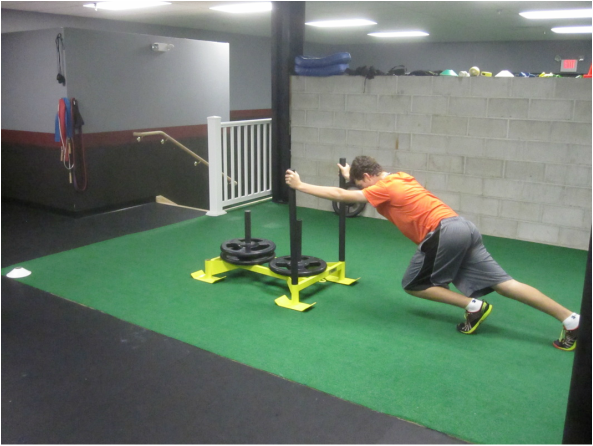
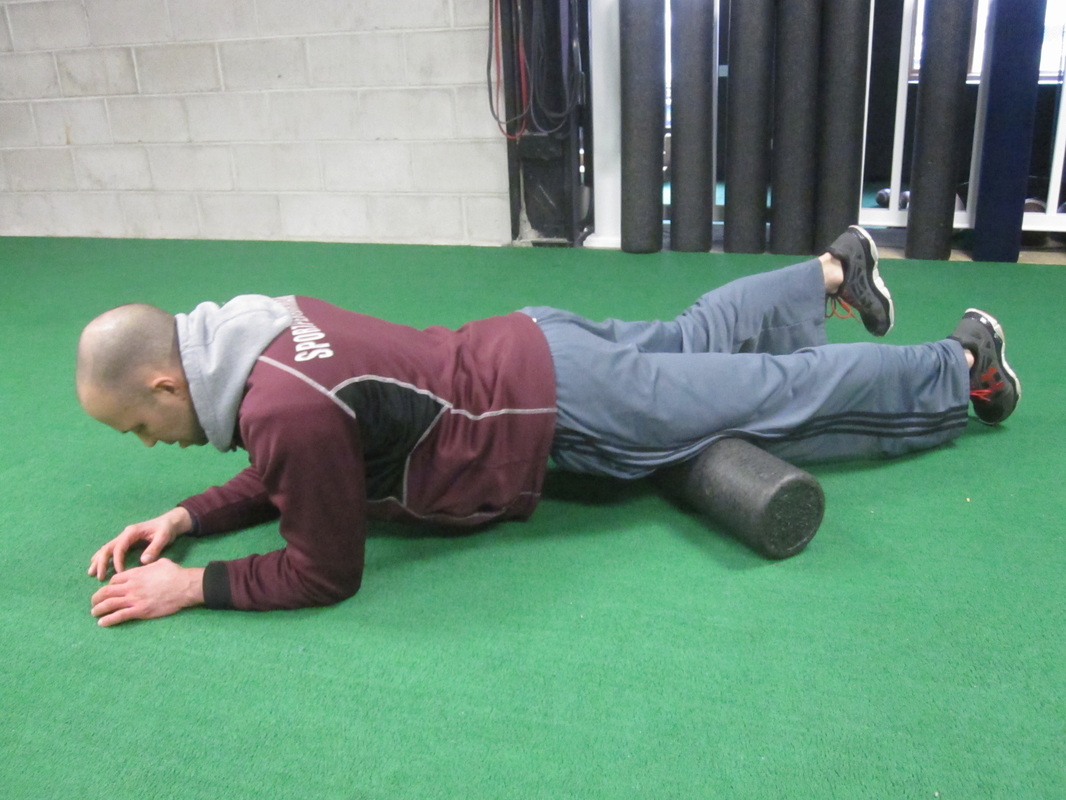
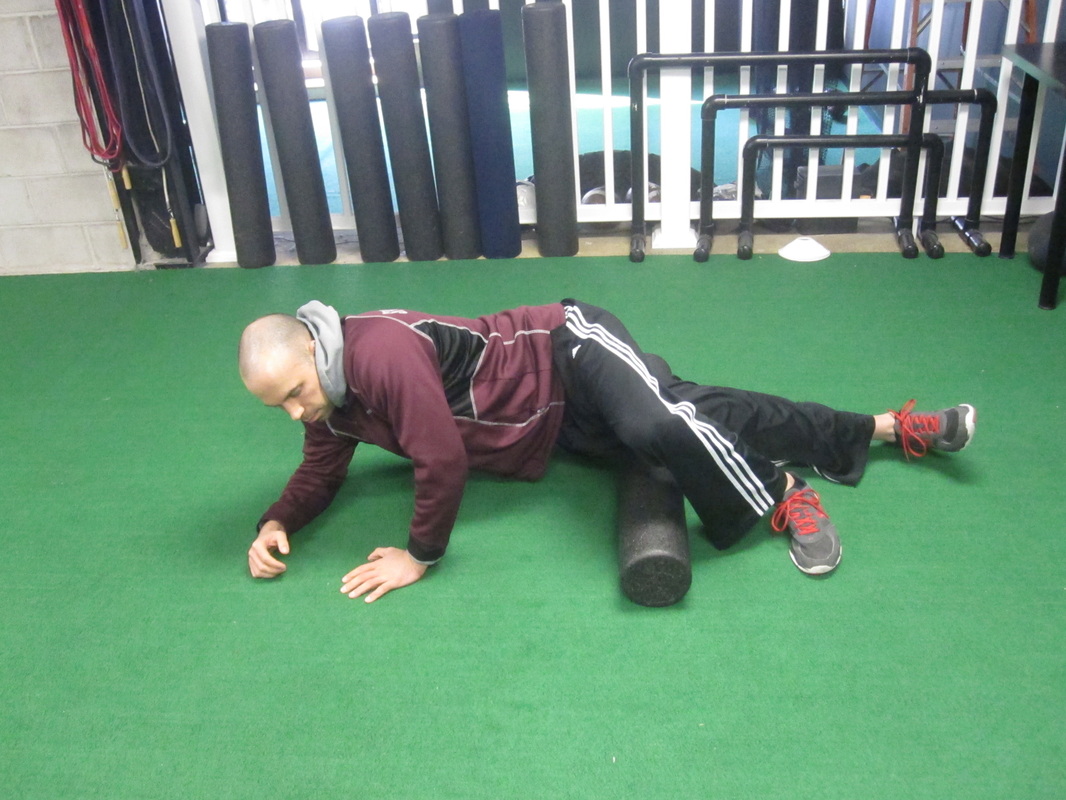
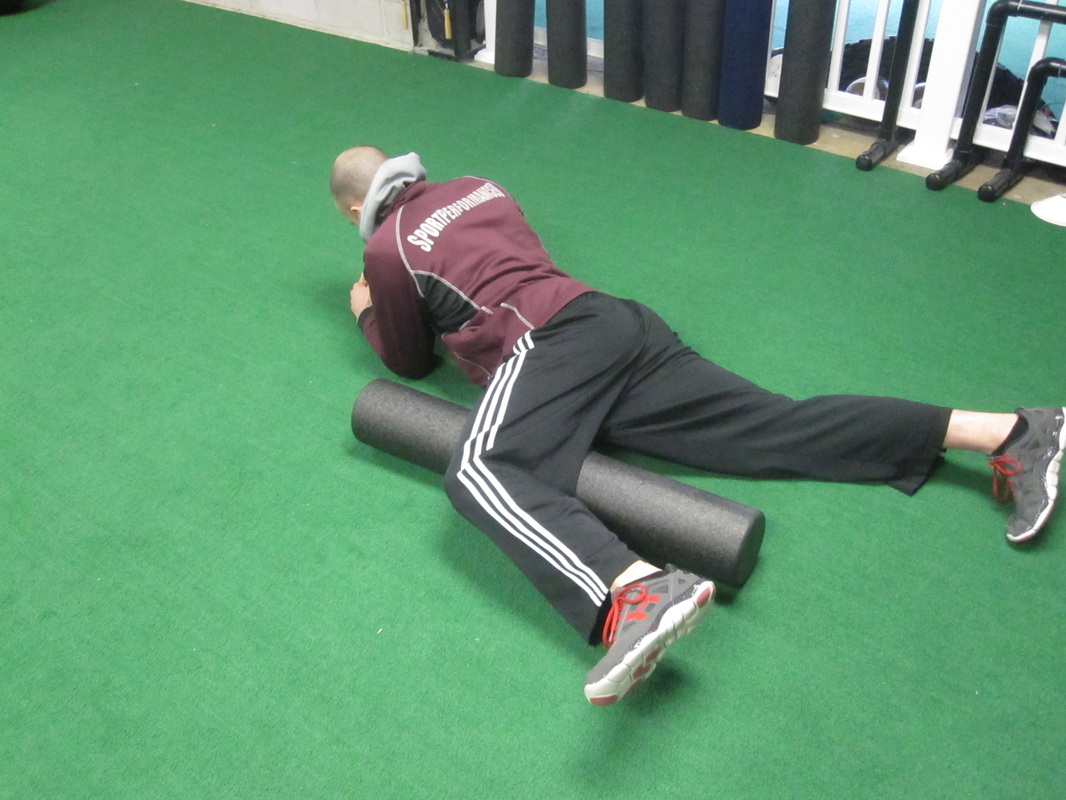
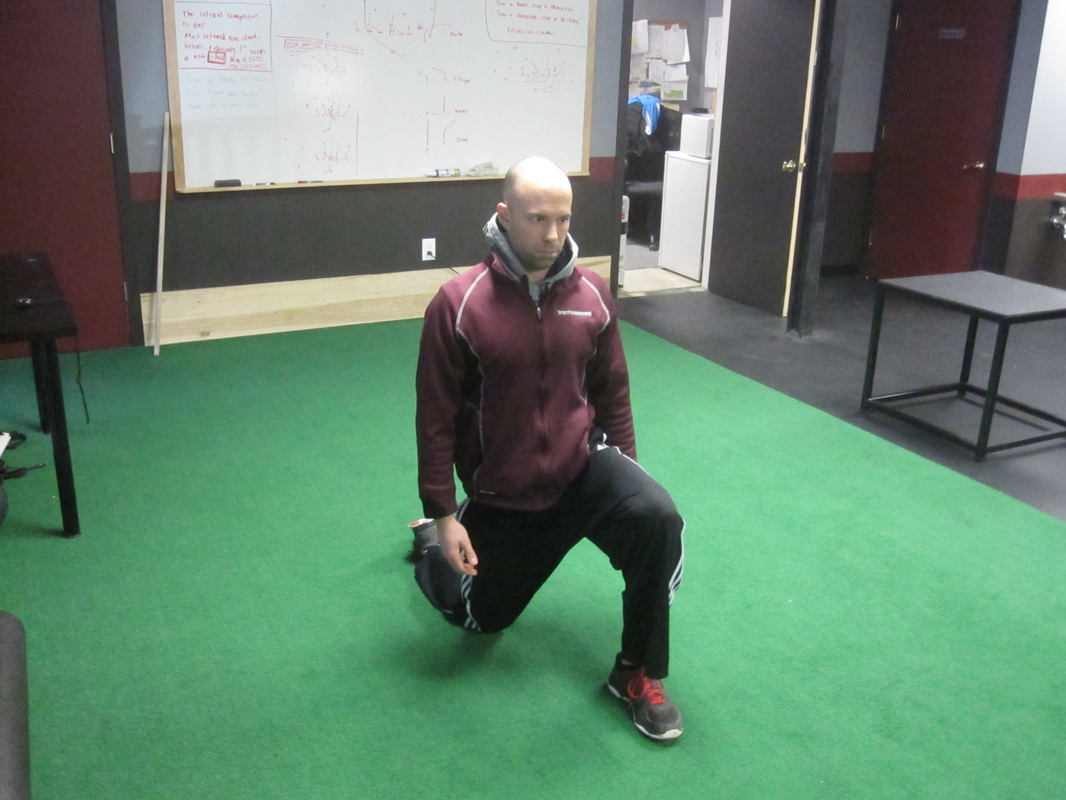
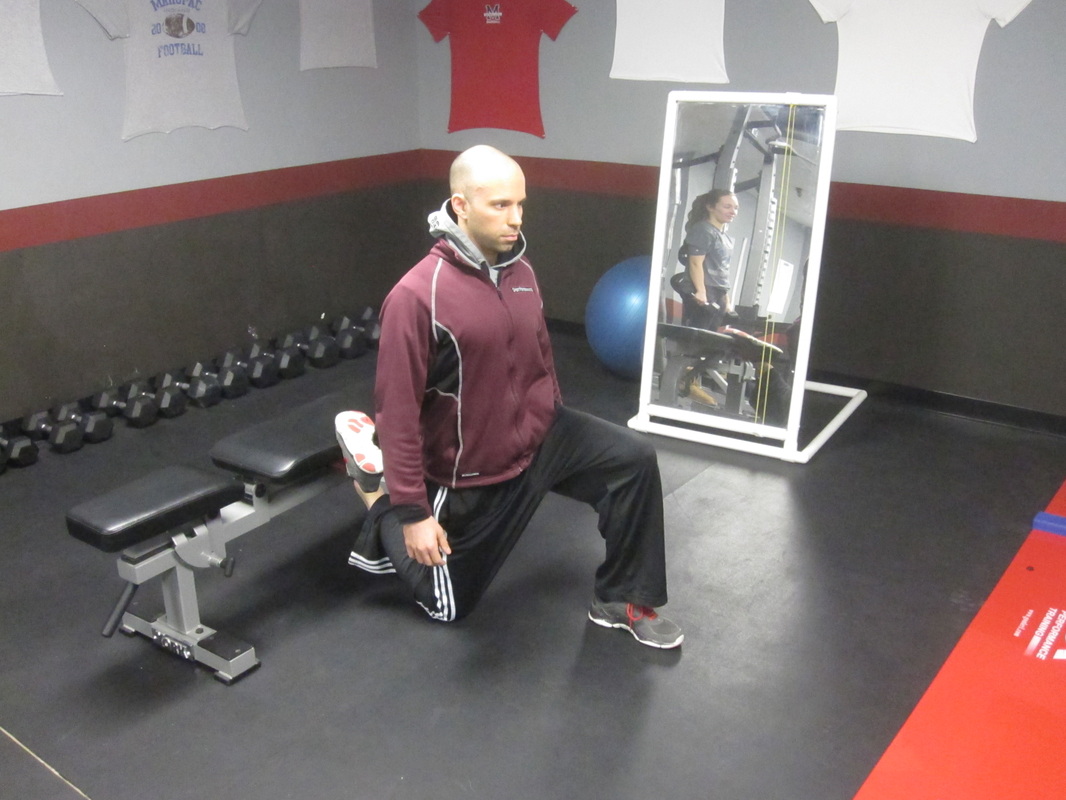
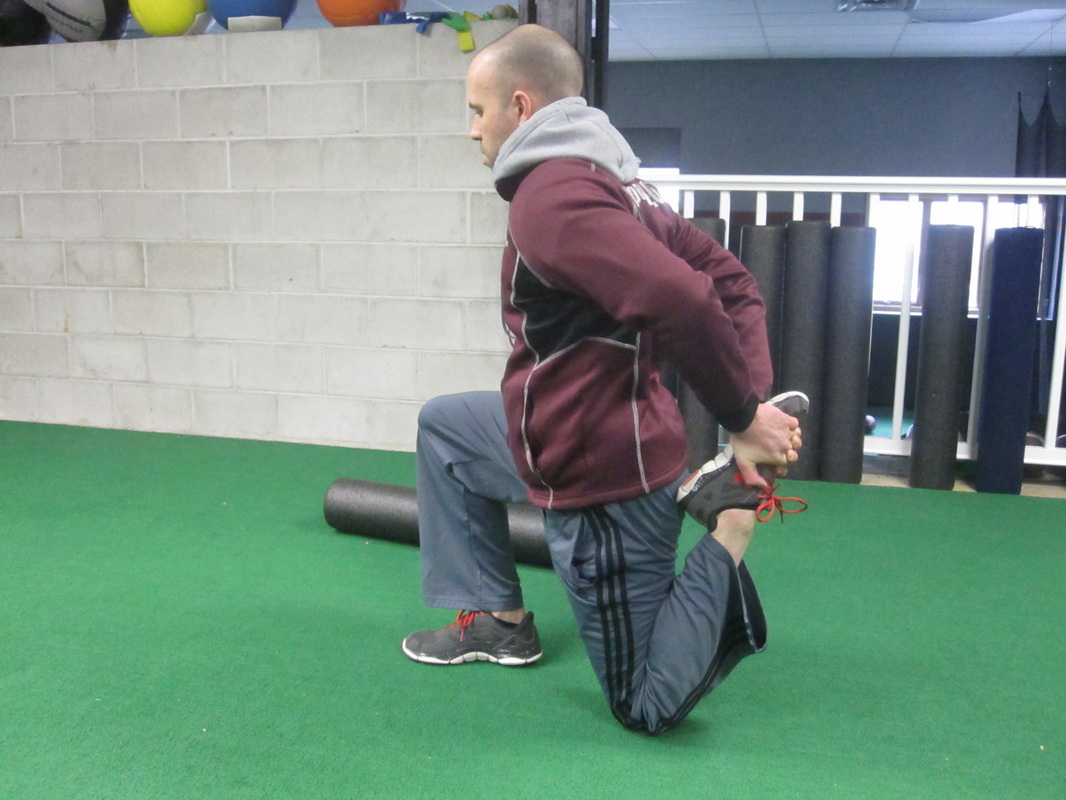
 RSS Feed
RSS Feed